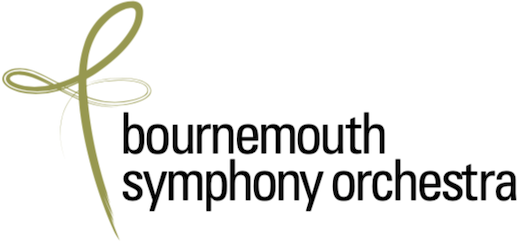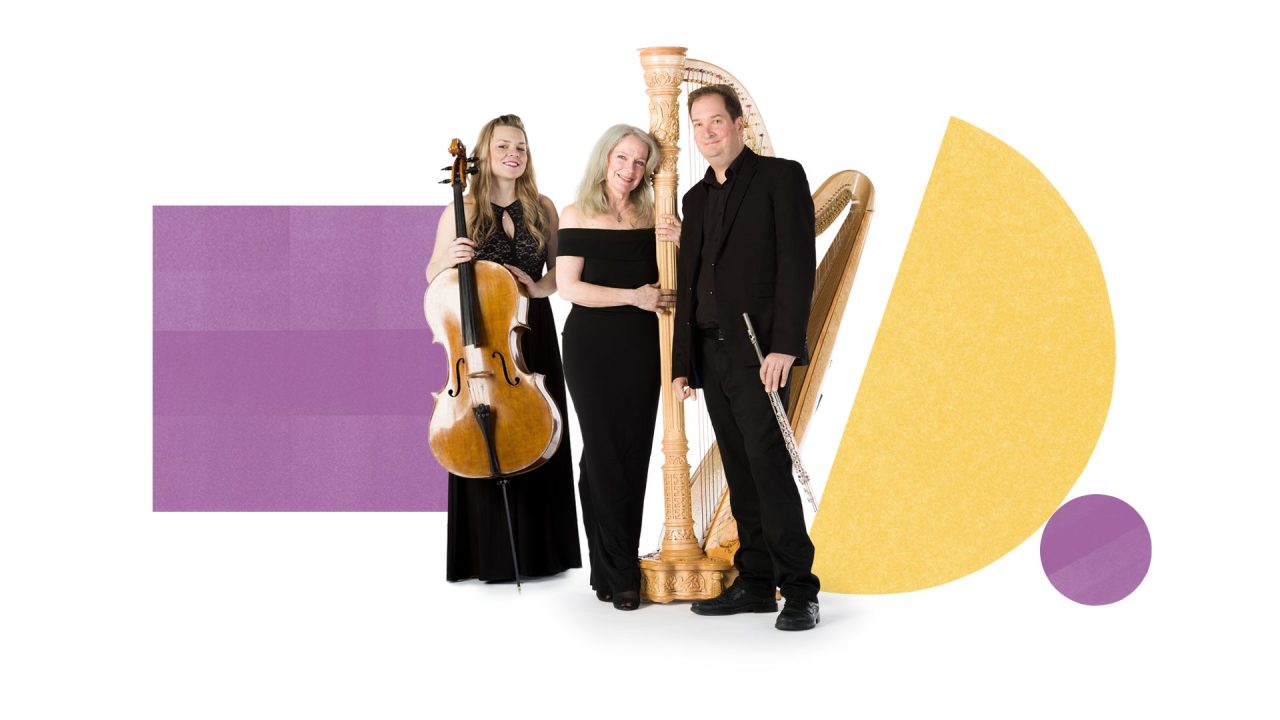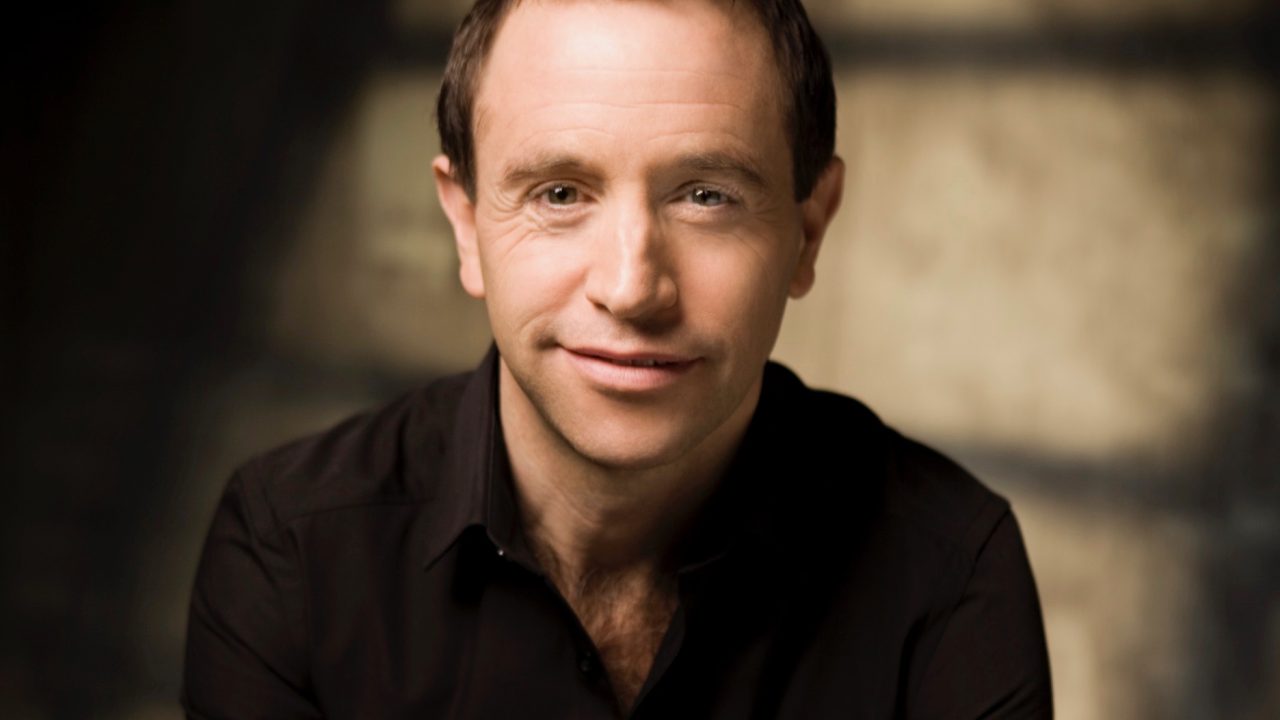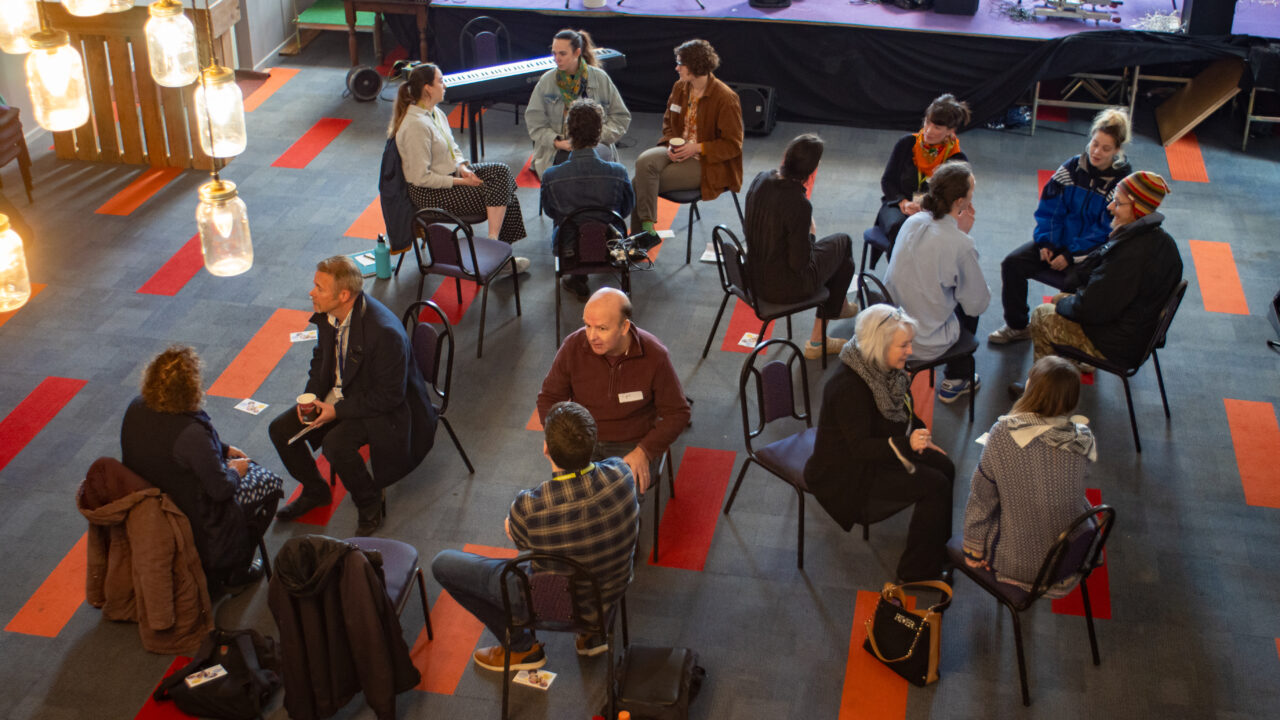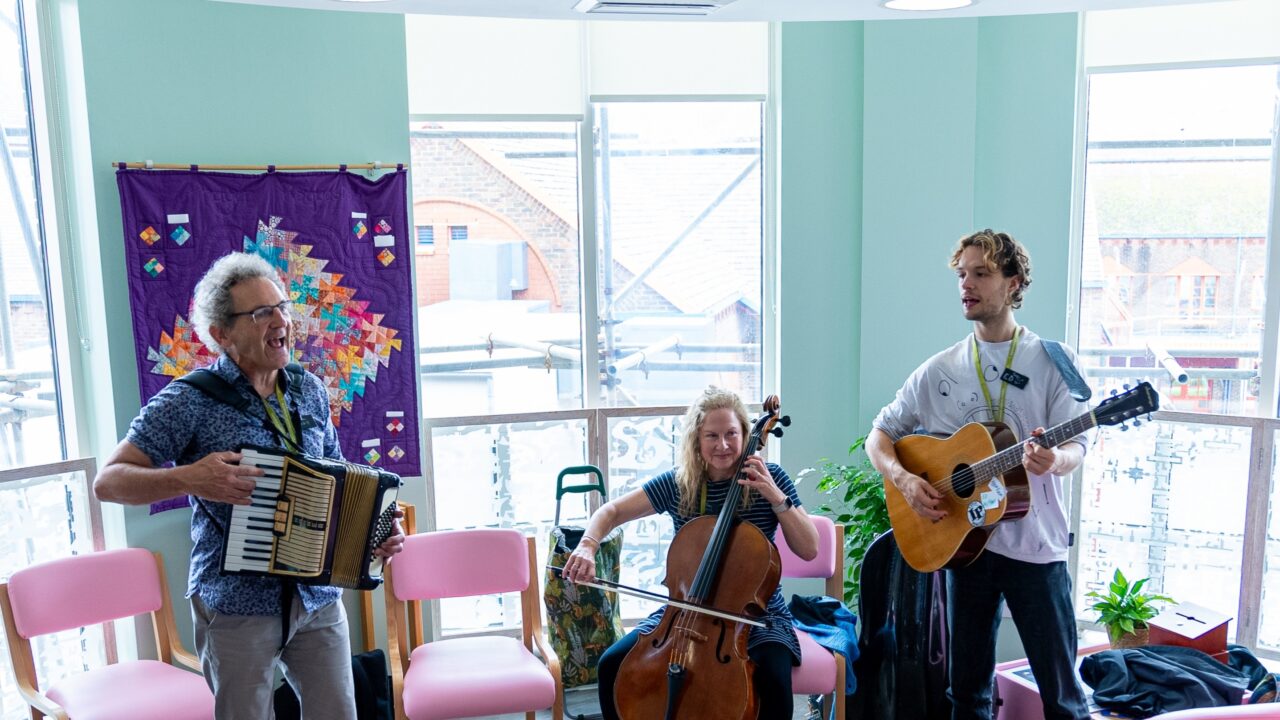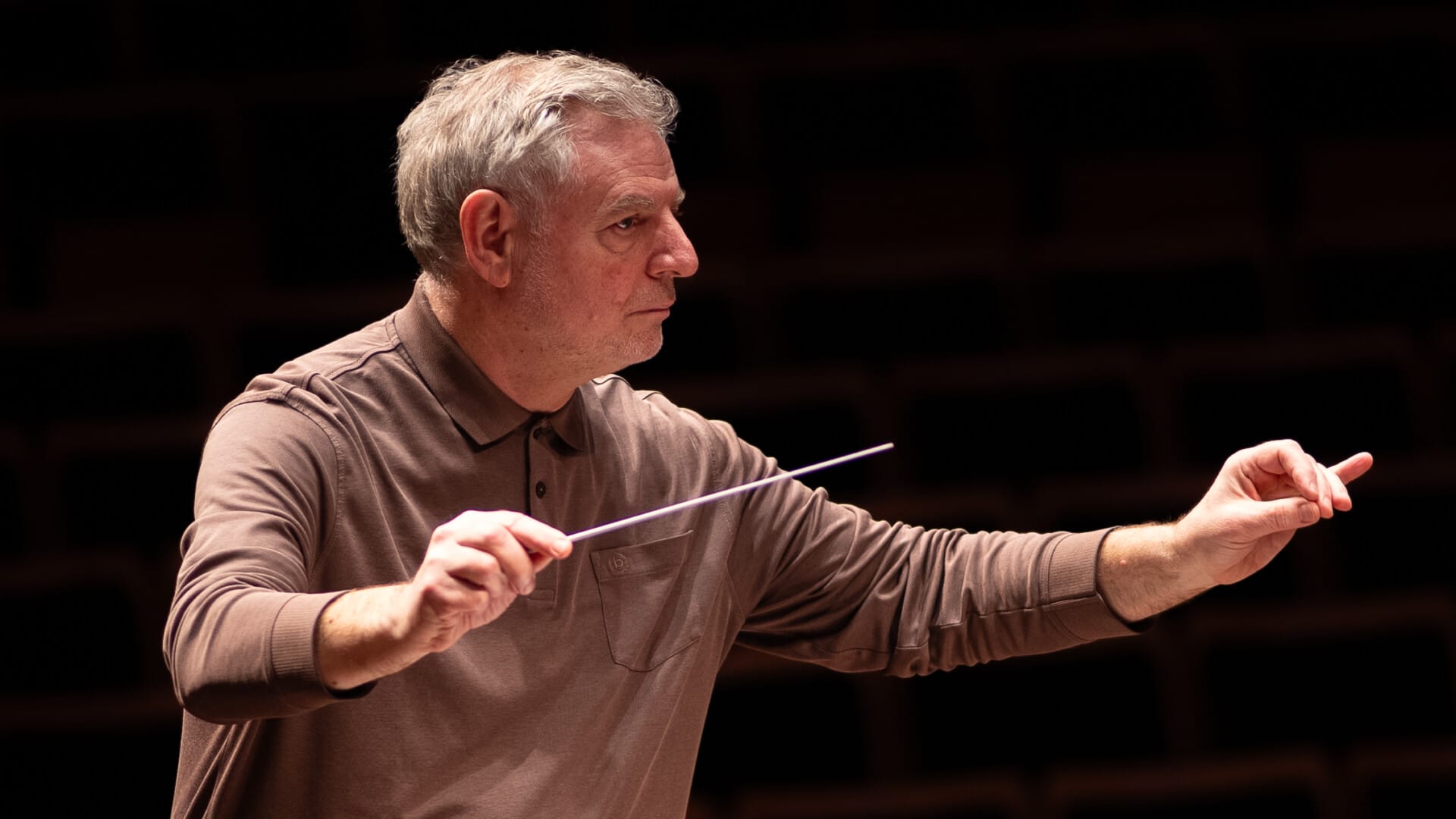Boris Giltburg consistently struck gold in Brahms’ Piano Concerto No.2 with the most articulately conceived journey through its bold, almost symphonic development. Tempi throughout were unhurried but flexible and lyrical, allowing maximum clarity of expression with subtlety of phrasing, needle-point dynamic contrast and sparing use of pedal. Each movement generated spontaneity, cumulative power and sensitivity as well as melding the work with an unusually coherent unity of purpose.
Karl-Heinz Steffens and the orchestra partnered with collaborative glue of similar idiomatic consistency – especially so in the plangent slow movement dialogue between soloist with principal cello Jesper Svedberg and principal oboe Edward Kay. The closing duet with two clarinets, Barry Deacon and Dan Bayley was equally sublime. Synergy between piano and orchestra throughout the whole performance highlighted the landmark fibre and substance of this particular concerto, as well as the composer’s bridge position from Bach, Buxtehude and Beethoven, adroitly by-passing Wagner through to Reger, Schoenberg and beyond. Giltburg returned to reward the audience applause with an encore of Rachmaninov’s Prelude in G major from the op.32 set. Its poignant Russian beauty spoke from a lost world, strikingly relevant to Vaughan Williams’ “London” Symphony after the interval.
The key to the symphony is to marry the programmatic “London” associations with the high quality of musical invention as in Beethoven’s “Pastoral’, Berlioz’s “Fantastique” or Strauss’s “Alpine”. Composed between 1909 and 1914, then thrice revised post-WW1, VW’s symphonic realisation of the good, the bad and the ugly aspects of London life is a masterly balancing act trenchantly conveyed in this performance full of vibrant colour and contrast. Ultimately however, the symphony’s closing imagery of fading light sailing down the Thames inspired by HG Wells’ ‘Night and the Open Sea’ at the end of ‘Tono-Bungay’ reflects on the passing of all things. This sense of loss and irreversible change compromising the natural world stemming from mechanisation, urbanisation, the march of social deprivation and potential conflict were all palpably conveyed in a compelling performance.
Having experienced this magnificent concert at home via the BSO’s Digital Concerts online platform, let’s move on to a big ray of hope. In our current challenging artistic environment, the outreach and diversity of musical enterprise and education achieved by the BSO continues to shine as a beacon far beyond its regional work within the south-west. Its supporting access projects spearhead a broader national and international reach currently unmatched in the UK. The quality of online support material – digital live concert availability, expert introductory talks on repertoire and artist information for each concert, interviews with musicians and innovative programme planning all offer the broadest range of repertoire and musical activity. BSO can hold its head high with initiatives and standards that readily bear comparison with those of the Berlin Philharmonic’s Digital Concert Hall. Don’t delay – explore today!
Critic Ian Julier
We also received the below reviews:
“It was a wonderful performance: and it was clear from the orchestra’s spontaneous and unanimous ovation for conductor Steffens that they knew, as we did, that under his guidance they had produced something truly special.” Seen and Heard International
You can catch up on this Digital Concert here until 23 March
